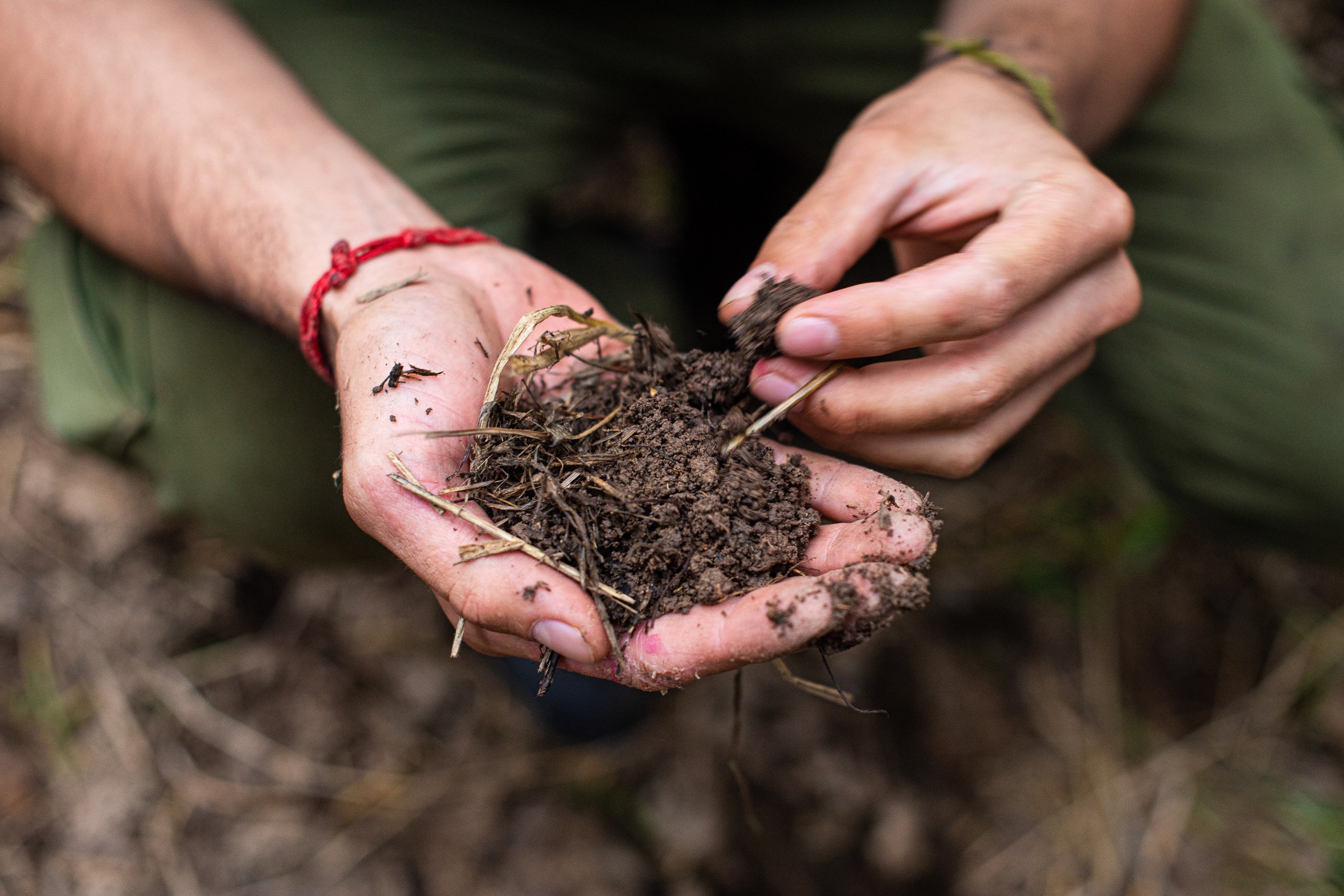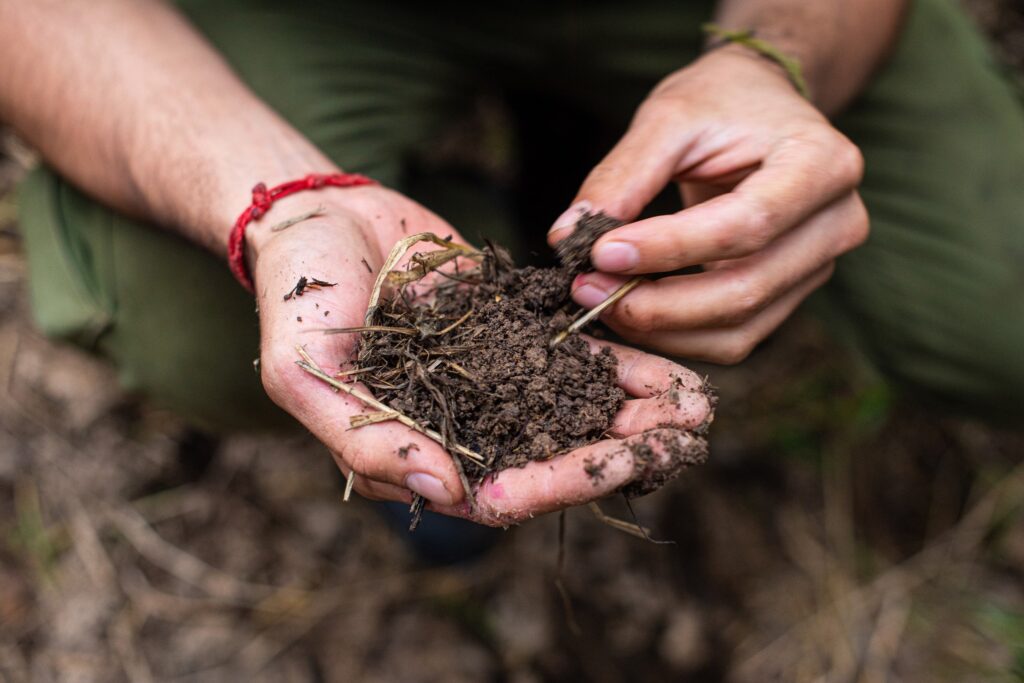Gardening has always been about more than just growing food. It’s about nurturing life, working with nature, and creating abundance from the ground up. But in the modern world, where soil health is deteriorating from chemicals and poor practices, gardeners are seeking sustainable methods that restore, not deplete, the earth. This is where regenerative gardening shines.
Unlike traditional gardening, which often focuses solely on crop output, regenerative gardening enriches the soil while boosting productivity. It’s a holistic approach that benefits both plants and the entire ecosystem. Imagine growing more nutrient-rich vegetables while also healing the very earth they come from—that’s the promise of regenerative gardening.
What is Regenerative Gardening?
Regenerative gardening is a practice that mimics natural ecosystems. Instead of stripping the soil of nutrients, it helps restore fertility, biodiversity, and vitality. The goal isn’t only to grow more food but to create long-term sustainability in your backyard or farm.
At its core, regenerative gardening focuses on:
- Enhancing soil biology
- Increasing organic matter
- Encouraging biodiversity
- Conserving water
- Reducing reliance on synthetic fertilizers and chemicals
It’s about creating a garden that gives back as much as it takes, ensuring future generations can enjoy thriving, fertile land.
Why Soil Health Matters
Soil is more than just dirt—it’s a living ecosystem filled with microorganisms, fungi, bacteria, and earthworms. Healthy soil functions like a sponge, absorbing water during heavy rain and releasing it during dry spells. It also stores carbon, which reduces greenhouse gases in the atmosphere.
Degraded soil, on the other hand, becomes compacted and lifeless. It struggles to hold water, leading to drought stress and poor plant growth. Regenerative gardening revives this soil with life, improving not only yields but the nutritional quality of the food we eat.
Key Principles of Regenerative Gardening
1. Building Healthy Soil Organically
Instead of chemical fertilizers, regenerative gardening relies on compost, mulch, and organic matter to fuel soil microbes. This creates a thriving underground ecosystem that feeds plants naturally.
2. Covering the Ground Year-Round
Bare soil is vulnerable to erosion and nutrient loss. By keeping the ground covered with living plants, mulch, or cover crops, regenerative gardeners protect soil health and boost fertility.
3. Encouraging Biodiversity
A diverse garden attracts beneficial insects, pollinators, and birds. Planting a variety of crops and native species reduces pest problems and strengthens natural ecosystems.
4. Using Minimal or No Digging
Tilling disturbs soil structure and destroys beneficial microbes. By practicing “no-dig” gardening, regenerative growers allow soil organisms to thrive, creating healthier and more productive gardens.
5. Water Conservation
Healthy soil retains moisture more effectively. Adding mulch, compost, and drip irrigation systems ensures water is used wisely and reduces the need for frequent watering.
6. Closing the Loop
Instead of discarding organic waste, regenerative gardening recycles it into compost. This reduces landfill waste while improving soil fertility.
Practical Techniques for Regenerative Gardening
Composting: Black Gold for Soil
Compost is central to regenerative gardening. It replenishes essential nutrients, improves soil texture, and strengthens plants. By composting kitchen scraps, garden clippings, and leaves, gardeners create free, natural fertilizer.
Mulching: Nature’s Blanket
Mulching locks in soil moisture, prevents weeds, and reduces erosion. Organic mulches like straw, leaves, or wood chips also break down slowly, enriching the soil over time.
Companion Planting
Certain plants work better together. For instance, basil protects tomatoes from pests, while beans fix nitrogen in the soil, benefiting nearby crops. Companion planting creates harmony in the garden and boosts productivity naturally.
Cover Crops
Planting cover crops like clover or rye during off-seasons prevents soil erosion, adds nitrogen, and creates natural green manure for the next planting cycle.
Water-Smart Gardening
Installing rain barrels, drip irrigation, and using drought-tolerant plants create water-efficient gardens that thrive even in dry climates.
Integrating Perennials
Unlike annuals, perennials don’t need replanting every year. They establish deep roots, which stabilize soil and reduce the need for fertilizers and constant watering.
Benefits of Regenerative Gardening
Higher Yields with Less Work
Once soil health improves, plants become more resilient and require less intervention. Higher yields are achieved without excessive fertilizers or pesticides.
More Nutritious Food
Nutrient-rich soil produces nutrient-rich crops. Regenerative gardening ensures fruits and vegetables are filled with essential vitamins and minerals.
Climate Resilience
Healthy soil acts as a buffer against climate extremes, retaining water during droughts and protecting against flooding.
Biodiversity Boost
By creating a balanced ecosystem, regenerative gardens welcome pollinators, beneficial insects, and birds, reducing dependence on chemical pest control.
Long-Term Sustainability
Unlike conventional gardening methods that degrade soil over time, regenerative gardening restores and improves it, ensuring abundance for future generations.
Regenerative Gardening vs. Organic Gardening
Many people confuse regenerative gardening with organic gardening, but there’s a difference. Organic gardening avoids chemicals, but regenerative gardening goes a step further—it actively improves the ecosystem.
While organic gardeners focus on what not to use, regenerative gardeners focus on what they can give back to the soil. The result is not just sustainable but regenerative food production.
Steps to Start Regenerative Gardening in Your Backyard
- Assess Your Soil – Test soil texture and fertility. Knowing its strengths and weaknesses helps you choose the right amendments.
- Start Composting – Set up a bin or pile for food scraps and garden waste.
- Plant Native and Diverse Crops – Choose a mix of vegetables, herbs, flowers, and perennials.
- Apply Mulch Generously – Cover the soil with straw, shredded leaves, or wood chips.
- Avoid Over-Digging – Stick to surface planting or raised beds to protect soil life.
- Rotate Crops – Don’t plant the same crop in the same spot year after year; this prevents nutrient depletion and pest buildup.
- Encourage Pollinators – Add flowering plants like lavender, sunflowers, or coneflowers to attract bees and butterflies.
Challenges and How to Overcome Them
Like any sustainable practice, regenerative gardening comes with challenges. Composting may take time to get right, pest management requires patience, and no-dig methods might feel slow at first. However, with consistency and observation, these challenges turn into rewarding habits.
The key is to start small—experiment with a small plot before expanding to your entire garden. Every season, your soil becomes richer, your plants healthier, and your workload lighter.
The Future of Gardening is Regenerative
With climate change, soil degradation, and food insecurity becoming global challenges, regenerative gardening is more than just a trend—it’s a necessity. From backyard growers to large-scale farmers, this approach creates a path toward resilient food systems.
What we plant, how we care for the soil, and how we interact with nature will determine the health of our future food supply. Regenerative gardening offers a hopeful vision of abundance, nourishment, and harmony with the natural world.
Conclusion
Regenerative gardening isn’t just about maximizing yields—it’s about healing the earth while feeding ourselves. By adopting simple practices like composting, mulching, and companion planting, anyone can create a thriving, sustainable garden. Whether you’re tending a small backyard or managing a larger homestead, every step you take toward regenerative gardening strengthens both your harvests and the planet.
Now is the time to embrace gardening that regenerates, not depletes. Plant with purpose, nurture your soil, and witness how nature rewards you in abundance.
Call-to-Action: Ready to grow healthier food and restore the earth at the same time? Start your regenerative gardening journey today—one compost pile, one mulch layer, and one seed at a time. The soil will thank you, and so will the future.






